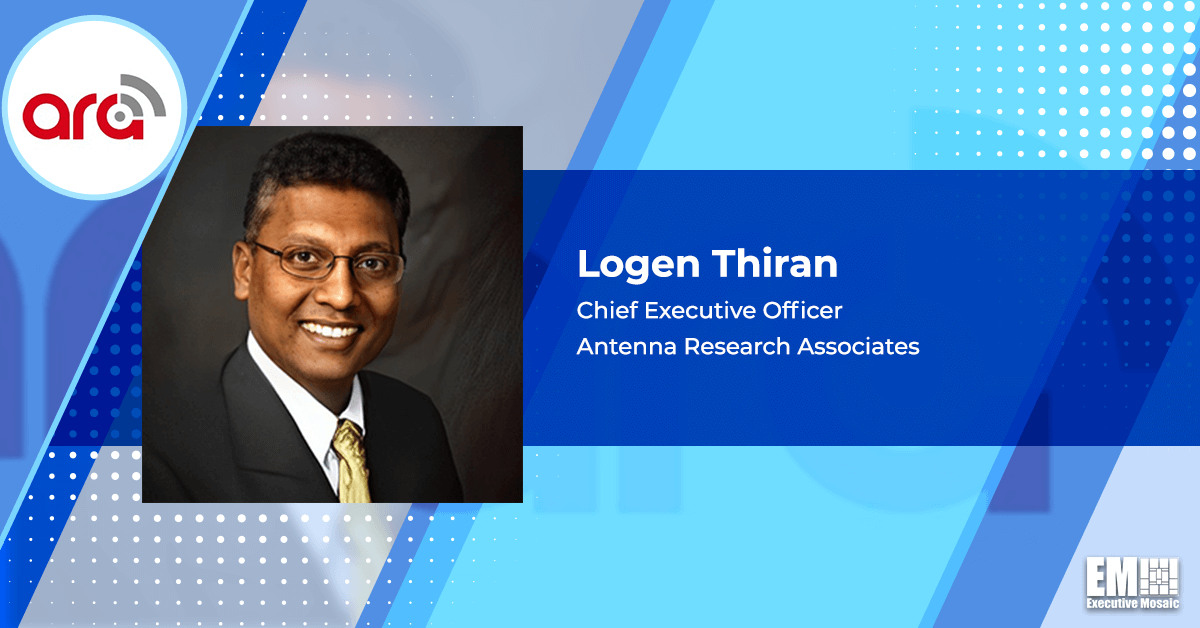NASA veteran Davis Hackenberg has been appointed as vice president of government partnerships at Reliable Robotics.
With a track record of promoting NASA-industry collaboration, Hackenberg’s experience aligns with Reliable’s mission to work with research organizations, civil government stakeholders and regulators both globally and internationally, the Mountain View, California-based company said Tuesday.
Reliable Robotics Co-founder and Chief Technology Officer Juerg Frefel emphasized Hackenberg’s “unparalleled experience” in emerging aviation technologies and operations and his strong understanding of government partner needs.
“His passion for pragmatic implementation of automation will help steer aviation towards a safer, more sustainable future,” said Frefel.
Hackenberg shared his excitement for joining the Reliable team and said that Reliable’s safety-enhancing technologies are the “foundation of automated aviation.”
“As we collectively architect what the future will look like across the aviation ecosystem, Reliable has a unique opportunity to unify industry and government around automation that will improve aviation safety for everyone,” he added.
Informed by a history of working on advanced air mobility and uncrewed aircraft systems, Hackenberg is able to translate business demand into technology products. During his nearly two decades at NASA, Hackenberg drove the AAM mission by supervising strategic and programmatic planning and management, global alliances, systems information and airspace integration.
In 2017, Hackenberg led a NASA-industry effort that enabled the use of airborne radar for Detect and Avoid as approved by the Federal Aviation Administration. The project began more than a decade ago and set the stage for several integrated DAA and command and control safety risk management panels and industry operational approvals.
He holds deep relationships with the FAA and numerous domestic standards organizations, including the Radio Technical Commission for Aeronautics, the American Society for Testing and Materials and the Society of Automotive Engineers, as well as with the International Civil Aviation Organization.
Throughout his career, he has engaged cross-agency teams, strategic advisory groups and roadmapping work and has moved critical AAM technologies across the public and private sectors.





